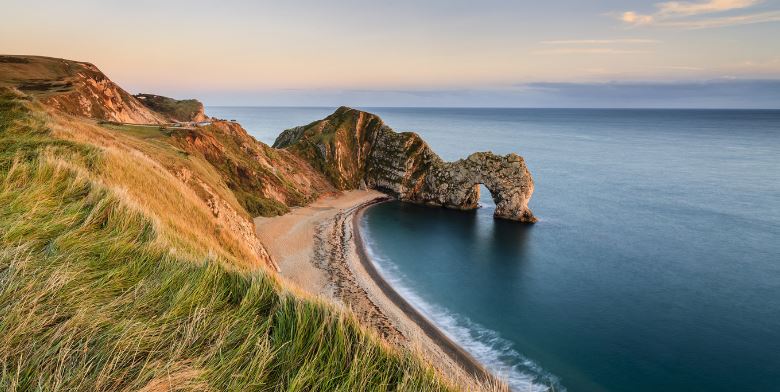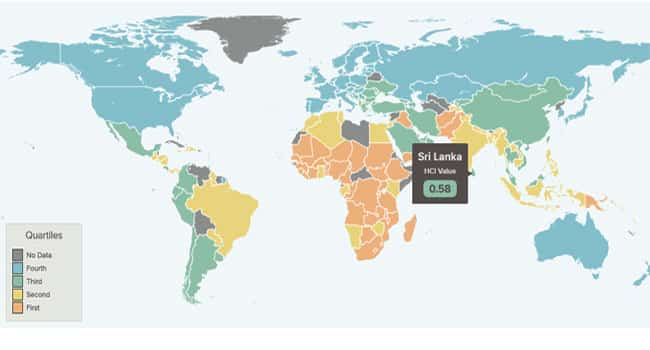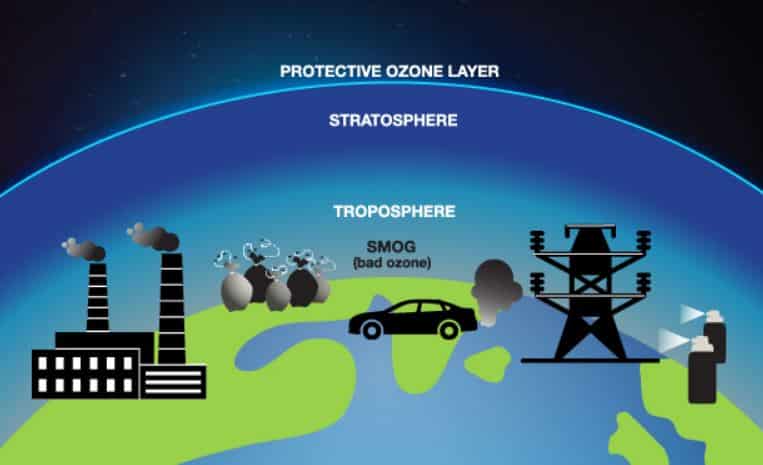Table of Contents
Coastal Regulation Zone (CRZ), 2018 – An Analysis | UPSC – IAS
To conserve and protect the coastal environment, and to promote sustainable development based on scientific principles Ministry of Environment and Forest and Climate Change (MoEFCC), under the Environment (Protection) Act, 1986, notified the CRZ Notification in 1991, subsequently revised in 2011. CRZ helps in reducing the ecological vulnerability through regulated activities in ecologically most sensitive areas (CRZ-I A):-
- Regulate activities such as Eco-tourism subject to approved Coastal Zone Management Plans(CZMPs), exceptional construction of public utilities in the mangrove buffer etc.
- Construction of roads and roads on stilts, by way of reclamation shall be permitted only in exceptional cases for defence, strategic purposes and public utilities, subject to a detailed marine/terrestrial environment impact assessment, to be recommended by the Coastal Zone Management Authority and approved by the MoEFCC.
- Compensatory plantation of mangroves (Minimum three times the mangrove area affected/destroyed/ cut).
Areas requiring special consideration in the CRZ
- Critically Vulnerable Coastal Areas (CVCA): Sunderban region of West Bengal and other ecologically sensitive areas identified as under Environment (Protection) Act, 1986 such as Gulf of Khambat and Gulf of Kutchchh in Gujarat, Malvan, Achra-Ratnagiri in Maharashtra, Karwar and Coondapur in Karnataka, Vembanad in Kerala, Gulf of Mannar in Tamil Nadu, Bhaitarkanika in Odisha, Coringa, East Godavari and Krishna in Andhra Pradesh shall be treated as CVCA and managed with the involvement of coastal communities including fisher folk who depend on coastal resources for their sustainable livelihood.
- CRZ for inland Backwater islands and islands along the mainland coast.
- CRZ falling within municipal limits of Greater Mumbai.
Salient Features of Coastal Regulation Zone (CRZ), 2018 Notification
- Easing FSI norms: This notification de-freezes the restrictions imposed on Floor Space Index (FSI) or the Floor Area Ratio (FAR) under CRZ, 2011 in accordance to 1991 Development Control Regulation (DCR) levels.
- No development zone (NDZ) reduced for densely populated areas: For CRZ-III areas
- CRZ-III A areas shall have a NDZ of 50 meters from the HTL on the landward side as against 200 meters from the HTL stipulated in the CRZ Notification, 2011.
- CRZ-III B areas shall continue to have an NDZ of 200 meters from the HTL.
- Tourism infrastructure for basic amenities to be promoted: The notification allows for temporary tourism facilities such as shacks, toilet blocks, change rooms, drinking water facilities etc on beaches at a minimum distance of 10 metres from HTL. Such temporary tourism facilities are also now permissible in the NDZ of the CRZ-III areas.
- CRZ Clearances streamlined:
- CRZ clearances are needed only for projects located in CRZ-I and CRZ IV.
- States to have the powers for clearances w.r.t CRZ-II and III with necessary guidance
- No development zone (NDZ of 20 meters has been stipulated for all Islands: in the wake of space limitations and unique geography and to bring uniformity in treatment of such regions.
- All Ecologically Sensitive Areas have been accorded special importance: Through Specific guidelines related to their conservation and management plans.
- Pollution abatement has been accorded special focus: By permitting construction of treatment facilities in CRZ-I B area subject to necessary safeguards.
- Defence and strategic projects have been accorded necessary dispensation.
Benefits of Coastal Regulation Zone | UPSC – IAS
- Enhanced activities in the coastal regions thereby promoting economic growth while also respecting the conservation principles of coastal regions.
- o Boost tourism in terms of more activities, more infrastructure and more opportunities in creating employment opportunities.
- o greater opportunities for development of densely populated rural areas in the CRZs.
- CRZ, 2018 is also in sync with the thrust being given to port-led industrialisation and the Coastal Economic Zones projects.
- Additional opportunities for affordable housing which will benefit not only the housing sector but the people at large looking for shelter.
- It is expected to rejuvenate the coastal areas while reducing their vulnerabilities.
Concerns Over Coastal Regulation Zone | UPSC – IAS
The new notification has done away with or diluted many stringent restrictions in place at coastal areas. The emphasis of the new CRZ norms is on promotion of tourism facilities, quicker dispensation of defence and strategic projects and liberal licensing for the installation of treatment plants.
- Eco–sensitive regions could see flurry of construction activity thereby hampering the coastal ecosystem and biodiversity.
- The notification violates the balance between ecosystem and development. The mandatory 50 m buffer zone for mangrove forest in private land with an expanse of more than 1,000 sq m has been done away with.
- The fishermen are worried that the entry of the tourism sector will attract the real estate lobbies, who will eventually displace the coastal community and deny them the access to the seas.
- Further, the reduction of NDZ is done without taking consideration of sea level rise. The coastline is already vulnerable due to erosion, fresh water crisis and loss of livelihoods. The new changes will only increase this vulnerability and promote commercialisation of the coast.
- The Hazard Line, mapped by the Survey of India has, however, been de-linked from the CRZ regulatory regime and will be used only as a tool for disaster management and planning of adaptive and mitigation measures.
- The treatment facilities, allowed in CRZ-I to reduce coastal pollution, means several ecologically fragile areas will have sewage treatment plants transferring pollution from land to sea.
The notification permits activities like reclamation of land for commercial activities, interference with sand dunes, large scale recreation and drawing of groundwater within the 200-500 metres from the HTL, which is
detrimental to the coastal ecology and that will displace the local communities and affect the biodiversity.
Conclusion | UPSC – IAS
The sustainable management depends on the nature of the social system, comprising political, economic and industrial infrastructure and its linkages, with the knowledge about coastal systems as well as local communities. India need to move from a purely regulatory approach towards an Integrated Coastal Zone Management (ICZM).
Key terms Explanation – ICZM
Integrated Coastal Zone Management (ICZM): This concept was born in 1992 during the Earth Summit of Rio de Janeiro. This was a World Bank assisted project with the objective of building national capacity for implementation of comprehensive coastal management approach in the country, and piloting the integrated coastal zone management approach in states of Gujarat, Orissa and West Bengal.
- The project’s multi-sectoral and integrated approach represents a paradigm shift from the traditional sector-wise management of coastal resources where numerous institutional, legal, economic and planning frameworks worked in isolation, at times with conflicting aims and outputs.
- The project puts equal emphasis on conservation of coastal and marine resources, pollution management, and improving livelihood











